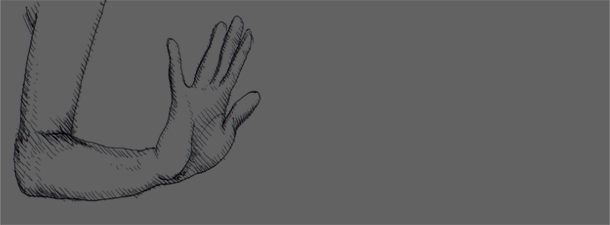Seeing and perceiving the other person acting, performing, running, jumping, walking, skating or doing any other kind of movement gives us one possible way to feel connected to the others. Bodily empathy is therefore present not only in arts, but also in sports, entertainment, work, as well as in other activities of our everyday life.
Empathy for Kiira
European Figure Skating Championships 20.01.–25.01.2009, Helsinki
Last week, the European elite of figure skaters gathered in Helsinki. Annual championships of the continent brought about a number of top performances as well as dramatic events. In spite of different scandals, which seem to have become inseparable from professional skating, the championships gave a unique possibility for the Finnish public to enjoy and appreciate the performances of their own top-rated skaters.
My interest here is not to speak about the competitive side of the championships. Instead, I would like to discuss some of the aesthetic qualities of figure skating. Professional figure skating, similarly to gymnastics and dancing, is a sport discipline, where the performance of a competitor is not only rated on the basis of measurement (seconds, meters, kilos), but is also evaluated by judges, implementing the professional, but none the less partly subjective evaluation category. A particular performance of a skater is never judged on one sole criterion, but on the basis of different competitive as well as artistic, i.e. aesthetic, qualities.
Referring to the theories of the phenomenological philosopher Edith Stein, Finnish dance researcher Jaana Parviainen has written about bodily empathy. According to her, a human being is able to understand the other not only on cognitive and emotional level, but on the somatic level as well. Empathy – literally the “feeling into” – of the body is our non-verbal awareness and tacit ability to perceive other beings. Seeing and perceiving the other person acting, performing, running, jumping, walking, skating or doing any other kind of movement gives us one possible way to feel connected to the others. Bodily empathy is therefore present not only in arts, but also in sports, entertainment, work, as well as in other activities of our everyday life.
Figure skating is one of the most popular sport disciplines in the world. Every year hundreds of millions of people all over the world enjoy skating competitions via the television. In addition to the glamorous world of the star-skaters, one of the reasons for the popularity of skating is bodily empathy. In addition to the strict evaluation of compulsory elements (i.e. the measuring), the skater is always expressing his/her artistic talent. The joy and drama of figure skating is often more connected to the personal (bodily) expression of a particular skater than to the quality of performing the compulsory elements. Simultaneously there is always the accompanying psychological aspect of success versus failure – a tension which is perceived differently as a skater and as a spectator.
A spectator who sees an athlete falling or getting injured during the performance is always a shock of a kind. The spectator spontaneously grasps his head or leg, arm or stomach when an athlete fails not only on the basis of rational analyses, but due to the bodily felt empathy. Kiira Korpi’s fall in the decisive ladies’ free program was a sad disappointment to all Finnish people. The tension and expectations were present in the skater as well as in the crowd. Sitting in the crowd and seeing Korpi falling made most of the spectators “jump from their chairs”. The spectators (as well as I) literally felt Korpi’s fall in their own body.
Bodily empathy is “at work” in the reality of seeing other people as well as through different media. Television is an intricate technological tool which is able to transmit the moves and activities of other people. Seeing a figure skater from a television screen is attractive because one can get a feeling of seeing the performance with a full detail and precision. Yet, even if bodily empathy works also with television, the quality and essence of it is clearly different from the direct experience.
Having had the possibility to compare the actual presence of a skater on the ice and simultaneously on the huge screens under the roof of the Hartwall Arena made me realize that television cameras flatten the impression of movement. Technologically transmitted movement gains a totally different quality – flattening the movement brings about the impression of movement as more dynamic, powerful, concrete and stronger than it really is. In case of a top performance the optics of the cameras partly seems to lose the fragility and imperfection of the human body.
Similarly, the cameras make the failures look more dramatic than they really are. Watching television, people often ask – how can they do that, meaning for example the performances of the figure skaters. Television lessens our bodily empathy and leaves us with a condensed, somehow inhuman experience of movement. Watching the ladies’ final competition from the arena, gave me the possibility to become to understand the importance of direct bodily perception and bodily empathy as the basis for the aesthetic appreciation of movement.
Carl-Dag Lige
Essee on kirjoitettu Helsingin yliopiston Taiteiden tutkimuksen laitoksen perusopintojen taidekritiikkikurssilla.






